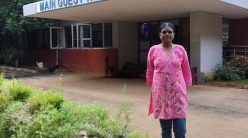The Gymkhana is ground zero for students interested in sports and arts
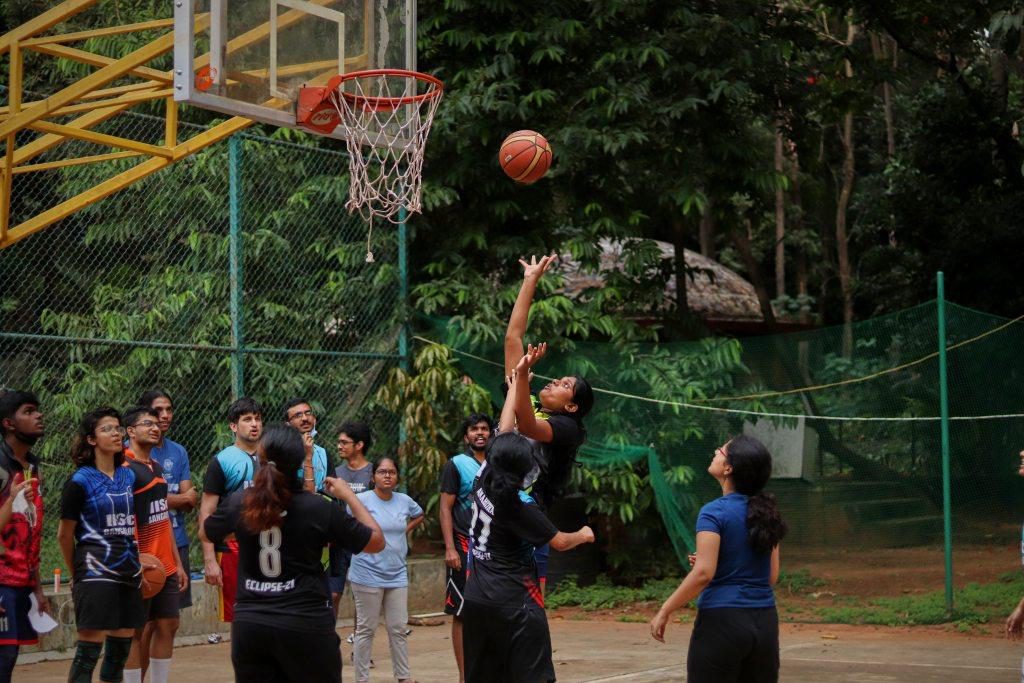
At the southwestern end of the main campus of IISc, an overbridge across CV Raman Road connects it to the IISc Gymkhana ground on the other side of the road. The ground, with an area of over 12 acres, has a building that houses all indoor activities of the Gymkhana, as well as facilities for outdoor sports like cricket, football, hockey, basketball and tennis. Also occupying the ground are the Student Amenities Centre, a couple of hostels the Jawahar Guest House, an amenities hall, and a government high school. Inside the two-storied Gymkhana building is a dance room, where clubs like the dance club and the aerobics club conduct their events. The building also has a well-equipped gymnasium that draws in fitness enthusiasts. The colossal cricket ground also sees many people exercising and playing other sports.
The Gymkhana at IISc was conceived exactly 100 years ago. In November 1921, an assistant professor at the University of Cambridge, William J Pope, headed a committee to examine the functioning of the Institute. In its report, the committee proposed the establishment of the Students’ Gymkhana Club. The proposal was accepted, and in 1924, with a generous endowment from Dorabji Tata, the Institute students were able to get away from the monotony of their studies and research when the Gymkhana was informally set up. It was inaugurated by Charles William Edgerton Cotton, the Agent of the Madras State Agency. Krishnaraja Wadiyar IV, the Maharaja of Mysore, agreed to become the Patron of the club, while JK Catterson-Smith, Professor in the Department of Electrical Technology, was appointed as the first president of the club. Finally, on 16 March 1925, Dorabji Tata formally inaugurated the club, now known as the IISc Gymkhana.
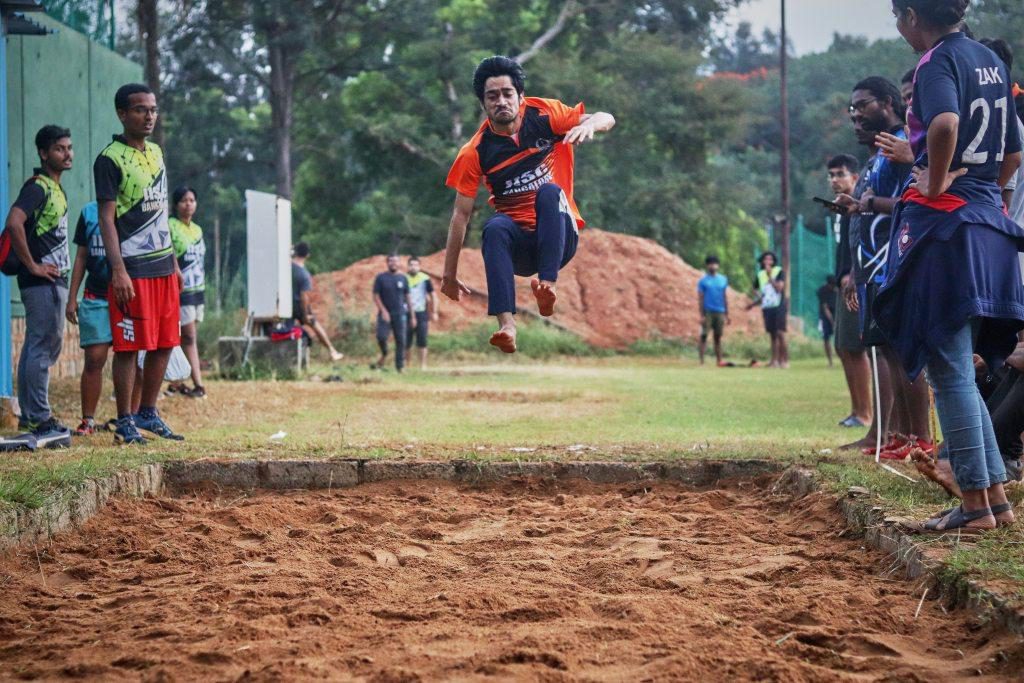
With about 30 clubs, the present-day Gymkhana has a broad representation of various sports, ranging from cricket to ultimate Frisbee, and cultural activities like dance, music, and theatre. Given the number of activities, the Gymkhana has a well-oiled organisational structure. Each club has a convener and a co-convener who manage the working of their club. An elected sports secretary and a cultural secretary oversee the matters of all the sports and cultural clubs. The students also elect a general secretary who manages all the clubs’ activities through the two secretaries. The general secretary, sports secretary, and cultural secretary together form the student-run Gymkhana Student Affairs Committee (GSAC).
On 16 March 1925, Dorabji Tata formally inaugurated the club, now known as the IISc Gymkhana
The Gymkhana Improvement Committee (GIC), composed of faculty members, provides support to the Gymkhana. The head of this committee is called the Honorary President of the Gymkhana. The ex-officio Secretary of the GIC is the Deputy Registrar of IISc, who also serves as the officer-in-charge of the Gymkhana. The GSAC members first discuss any matters of concern, whether it is related to maintenance, improvement, or student activities, with the officer-in-charge. Their suggestions are then taken to the GIC for a final decision.
Where sports and culture meet
The Gymkhana hosts various sports clubs which organise both indoor and outdoor sports like archery, cricket, football, hockey, basketball, ultimate Frisbee, volleyball, badminton, athletics, carrom, billiards, chess, kabaddi, kho-kho, swimming, tennis, table tennis, handball, and so on. It also organises multiple competitive events every year in these sports.
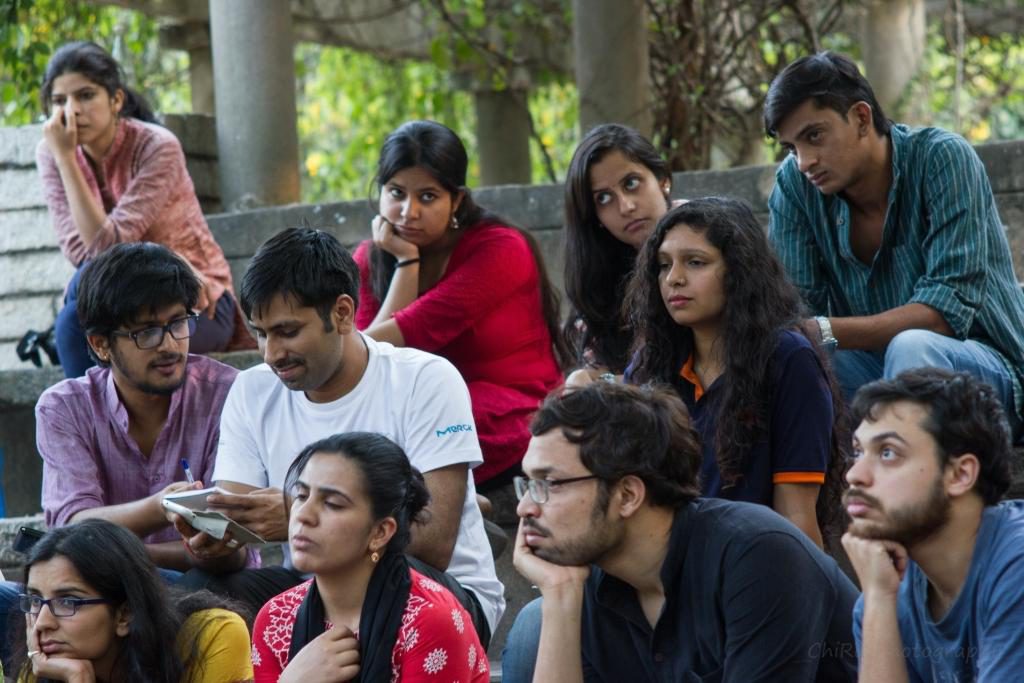
Spectrum is the annual sports and cultural fest of the Gymkhana. As part of the event, several inter-departmental tournaments and competitions are held for the IISc fraternity. Some clubs like the cricket club, badminton club, music club, and the drama club organise their own events. A few clubs like the football club also organise inter-hostel tournaments. “For two to three weeks before and after a tournament, the footfall in the Gymkhana increases. Before the tournament, they come for practice and after the tournament, they are still interested in playing. So, conducting these tournaments always boosts interest in the students,” says Abdulla Samin MV, the General Secretary of the Gymkhana.
Another annual event is the inter-IISER sports meet (IISM) in which the Indian Institutes of Science Education and Research (IISERs), National Institute of Science Education and Research (NISER), the Center for Excellence in Basic Sciences (CEBS), and IISc participate. One of these institutes organises and hosts the meet each year. In IISM 2018, conducted at and organised by NISER, Bhubaneshwar, IISc performed well and won its first IISM gold medal in the men’s volleyball tournament.
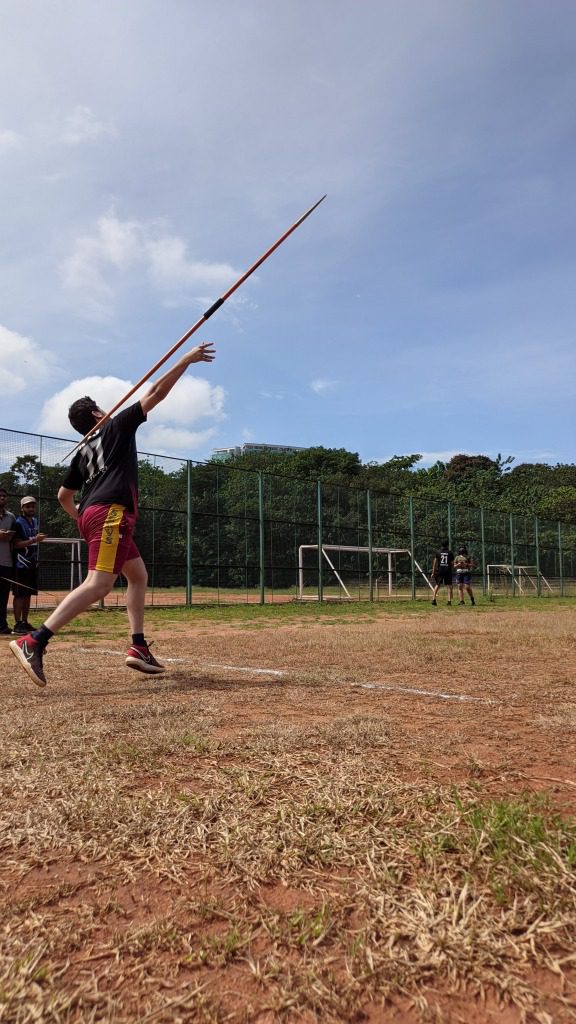
After this achievement, volleyball club members like Parvinder Singh, a former PhD student in IISc, and others were determined to do better in IISM 2019. The women’s volleyball event at IISM 2018 also inspired IISc’s students to form a women’s team. According to Parvinder, they practised hard and Gymkhana also arranged for an expert to coach the women. “Finally, in 2019,” an excited Parvinder recalls, “for the first time, the IISc women’s volleyball team participated in a tournament outside the Institute since its inception in 1909, and won gold.” In the same meet, the men’s volleyball team also won the top honours. Both the women’s and men’s volleyball teams are now among the best in higher education institutes in the country, he says.
The 2019 edition, organised at IISER Pune, was the last IISM to take place before the COVID-19 pandemic struck. IISc received about 192 nominations – the number of students who applied for participation – exceeding the cap of 150. Upon multiple requests, IISc finally cut down the number to 165, 155 of whom eventually participated in the meet. Although unhappy with the decision, students of the Institute did exceptionally well in the event. “Our students won 11 gold medals and two silver medals. The highest number of gold medals was won by IISc,” recalls a delighted Veeranna Kammar, the Deputy Registrar and officer-in-charge of Gymkhana.
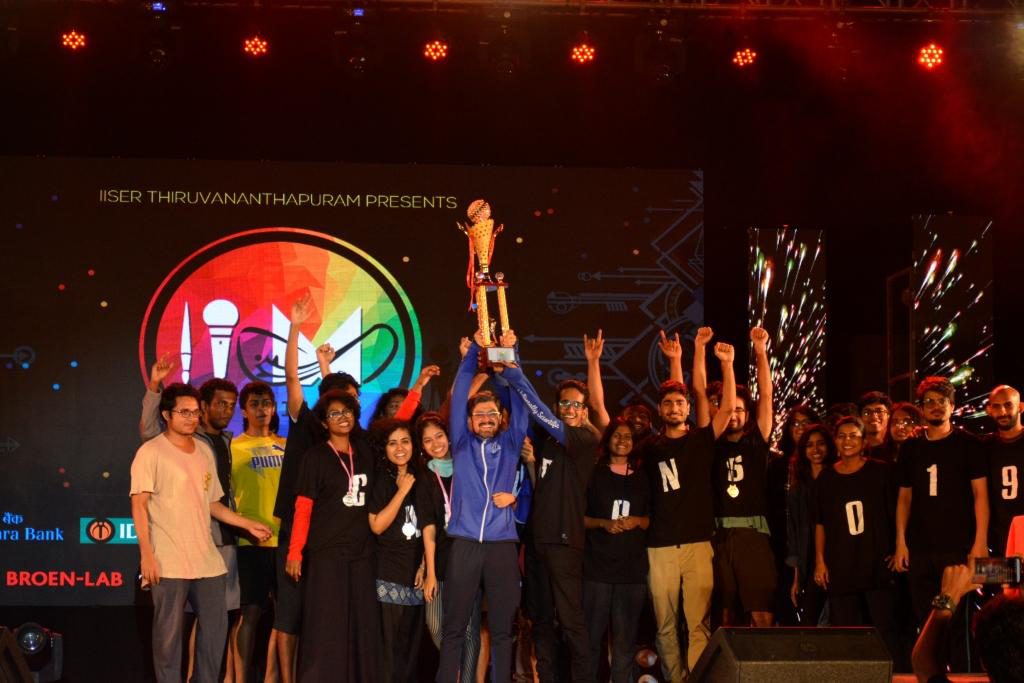
The cultural section of the Gymkhana hosts several clubs: dance, drama, music, quiz, art and literature, and aerobics clubs. The Ranade library is also part of the cultural section. The dance club has many smaller clubs to cater to those interested in specific dance forms.
Amritha A Raj, a PhD student and the cultural secretary of the Gymkhana, explains why these clubs matter. “We must involve as many people as possible because everyone should step out of their comfort zone and be active in doing things that are not related to research. These events will help people deal with the monotony and culturally just vibe in with the campus life,” she says.
“We must involve as many people as possible because everyone should step out from their comfort zone and be active in doing things that are not related to research”
The cultural clubs participate in the inter-IISER cultural meet (IICM), which is similar to IISM but for cultural competitions. In the second IICM in 2019, organised by IISER Trivandrum, IISc won the championship trophy.
Making UG voices heard
In Indian higher education institutes like the Indian Institutes of Technology (IITs) and National Institutes of Technology (NITs), most students are undergraduates (UG). But in IISc, which is also a research institute, most are either Master’s or PhD students. UG students are therefore underrepresented in public events at the Institute.
In early October, during a chai pe charcha meeting at the Sarvam complex, two UG students, Sree K Roop and Debarshi Ghosh brought up this pressing issue. The students, both active Gymkhana members who had previously helped organise sports events, reminded the other members that there had been no events for IISc’s UG students in recent times. And that this had been made worse by the COVID-19 pandemic. In response, a committee to organise a sports event called Eclipse 2021 exclusively for UG students was formed. Besides Sree and Debarshi, the committee also included Vibanshu Golla and Abdulla Samin MV.
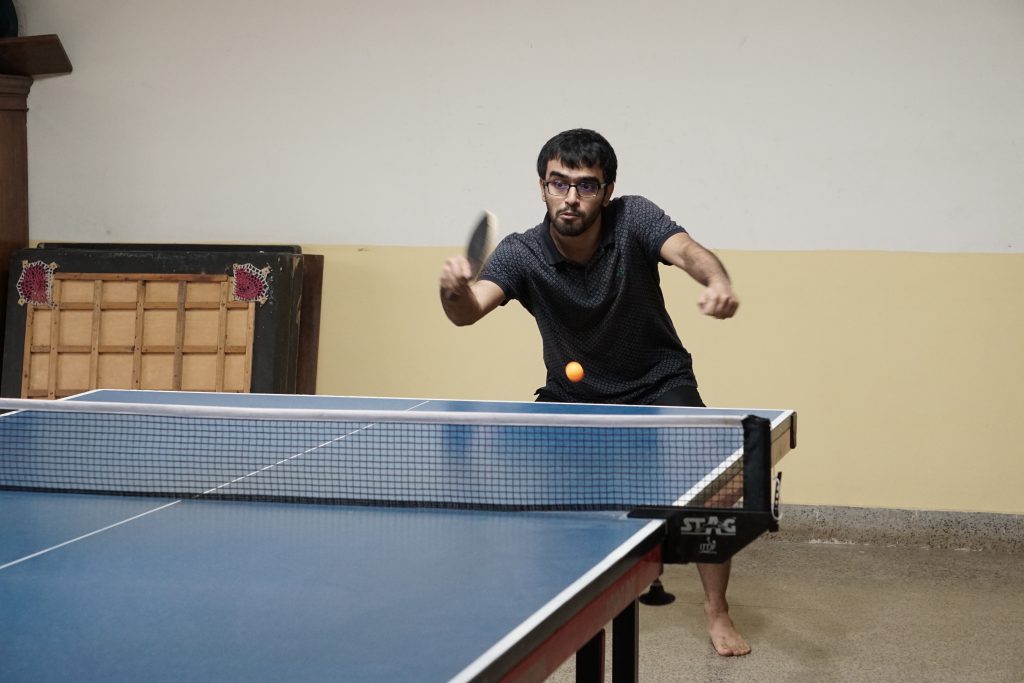
Once the basic blueprint of the event was ready, the core committee approached the UG Dean, who readily supported the event. But the Dean also asked the organisers to ensure extensive participation among IISc’s UG students. “We realised that the primary focus of this event is to increase participation. Then we felt the need to include events which are not high-skilled so that more people can participate. So we introduced events such as hand cricket, stone-paper-scissors, tambola, three-legged race, one-legged race, lemon-and-spoon race in addition to mainstream athletics,” explains Debarshi. The organisers expected about 100-120 nominations; instead, they received 230. Eclipse 2021, initially slated to be a short event, eventually became a week-long affair.
Along with maintaining and providing support for the clubs it hosts, the Gymkhana encourages new activities and the formation of new clubs under its auspices, be it related to sports or culture. Recently, a handball club was formed. Bharath Sankar S, a PhD student in the Institute and the convener of the handball team, along with his friends, started this club in 2020 with a total of seven players. After contacting the administration, they were able to find a coach for their team. The number of members of the team has now increased to 20.
Other recent additions to the list of Gymkhana clubs are the poetry club and the quiz club (the latter has now merged with the Ranade club).
If the COVID-19 situation continues to improve, the Gymkhana is hoping to organise more events including Spectrum in 2022. It is also eager to host an IISM in the coming years. Most clubs of the Gymkhana are also beginning to come out of hibernation and organise their events.
While the functioning of the Gymkhana has been largely smooth, it has also had to deal with many issues and concerns that crop up on a regular basis. For instance, students have frequently complained about the absence of grass-covered fields for cricket, football, and some other sports. Their night-time sports endeavours have also been halted because of the lack of floodlights. However, the students’ voices seem to have been heard. In the coming days, the Gymkhana football and cricket grounds are set to become completely covered by grass, and the hockey ground will be upgraded to a turf court, according to Veeranna. Floodlights for the outdoor grounds of the Gymkhana will also be installed in the near future.
Debraj Manna is a PhD student at the Department of Biochemistry and a former science writing intern at the Office of Communications, IISc




